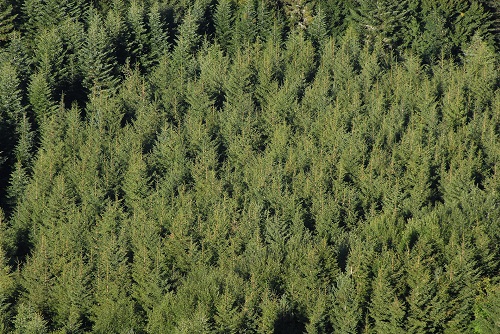
Life on Earth is the result of evolutionary processes acting on a continuous accumulation of structural and functional information by combination and innovation in the use of matter and endo- (inside the organism) and exosomatic (outside the organism) energy and on discontinuous processes of death and destruction that recycle the materials that form structure, information and energy compounds, such as proteins, DNA and ATP, respectively.
In a new study in the journal Ecological complexity authors define five life laws for these vital processes. These processes cannot exceed natural limits of size and rates because they are constrained by space, matter and energy; biology builds on what is possible within these physicochemical limits
“Learning from the way nature deals with the accumulation of information, the limits of size and the rates at which life can acquire and expend energy and resources for maintenance, growth and competition will help us to model and manage our environmental future and sustainability”, explains Prof. Dennis Baldocchi from University of California, Berkeley.
According to this study, the five most prominent laws pertinent to life and ecology are:
- The law of mass conservation (introduced by Lomonosov and Lavoisier)
- The first law of thermodynamics: energy cannot be created or destroyed in an isolated system
- The second law of thermodynamics, the entropy of any isolated system always increases
- Information content is a power of the size of the material store with an exponent larger than one
- Basic mechanisms such as natural selection, self-organization and random processes drive evolution, generating the huge complexity of organisms and ecosystems.
“Life has adapted to these ecological laws and physical limits for billions of years, and if we humans want to develop a sustainable world, we would do well to not forget them in our use of space, matter and energy. In the end, we are only another biological species among millions on Earth and are living in a very short period of Earth’s history. We should listen and learn lessons from nature that has had several billion years to evolve and get it as right as possible”, says Prof. Josep Peñuelas from CREAF-CSIC.
Reference: Peñuelas, J., Baldocchi, D. 2019. Life and the five biological laws. Lessons for global change models and sustainability. Ecological Complexity




